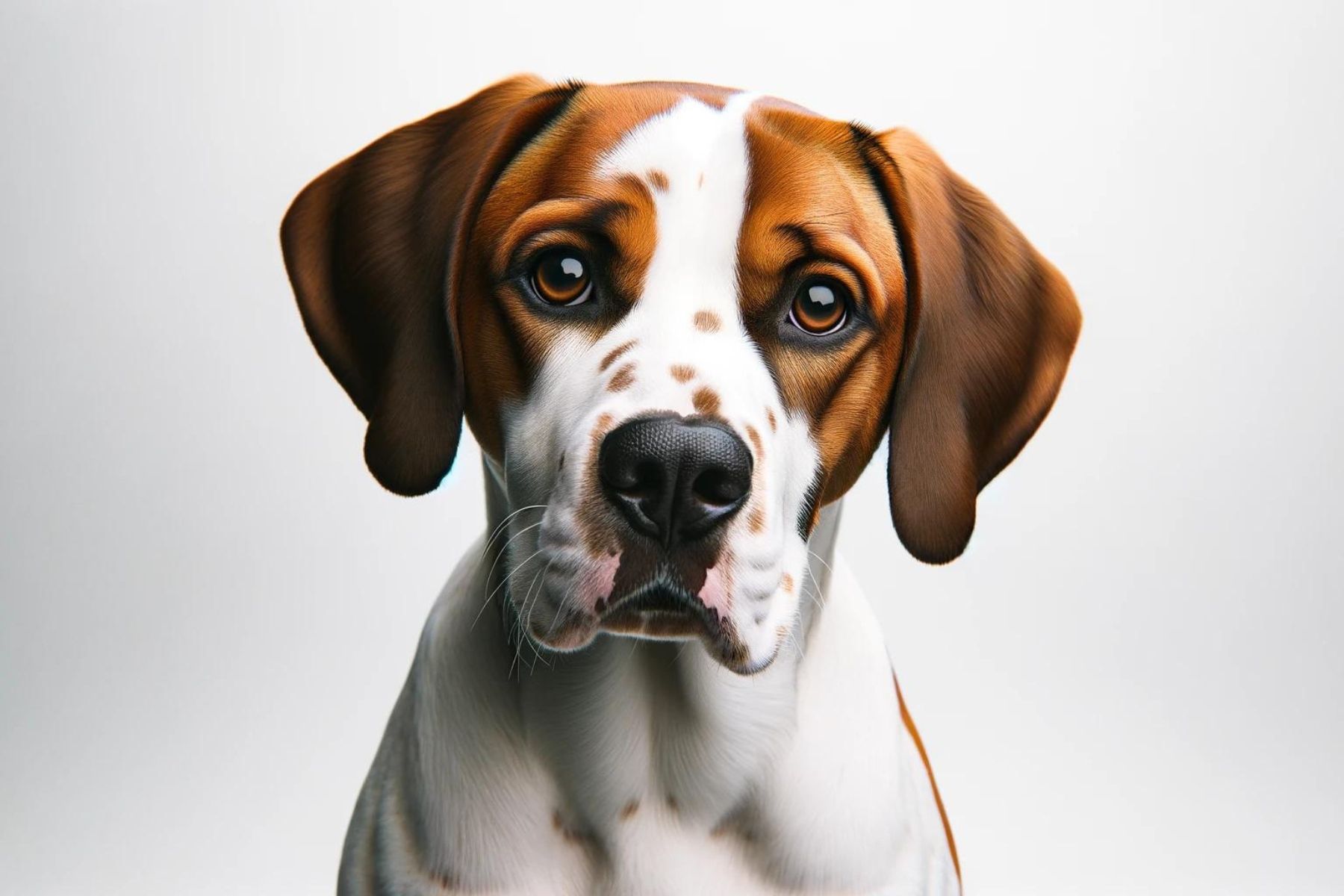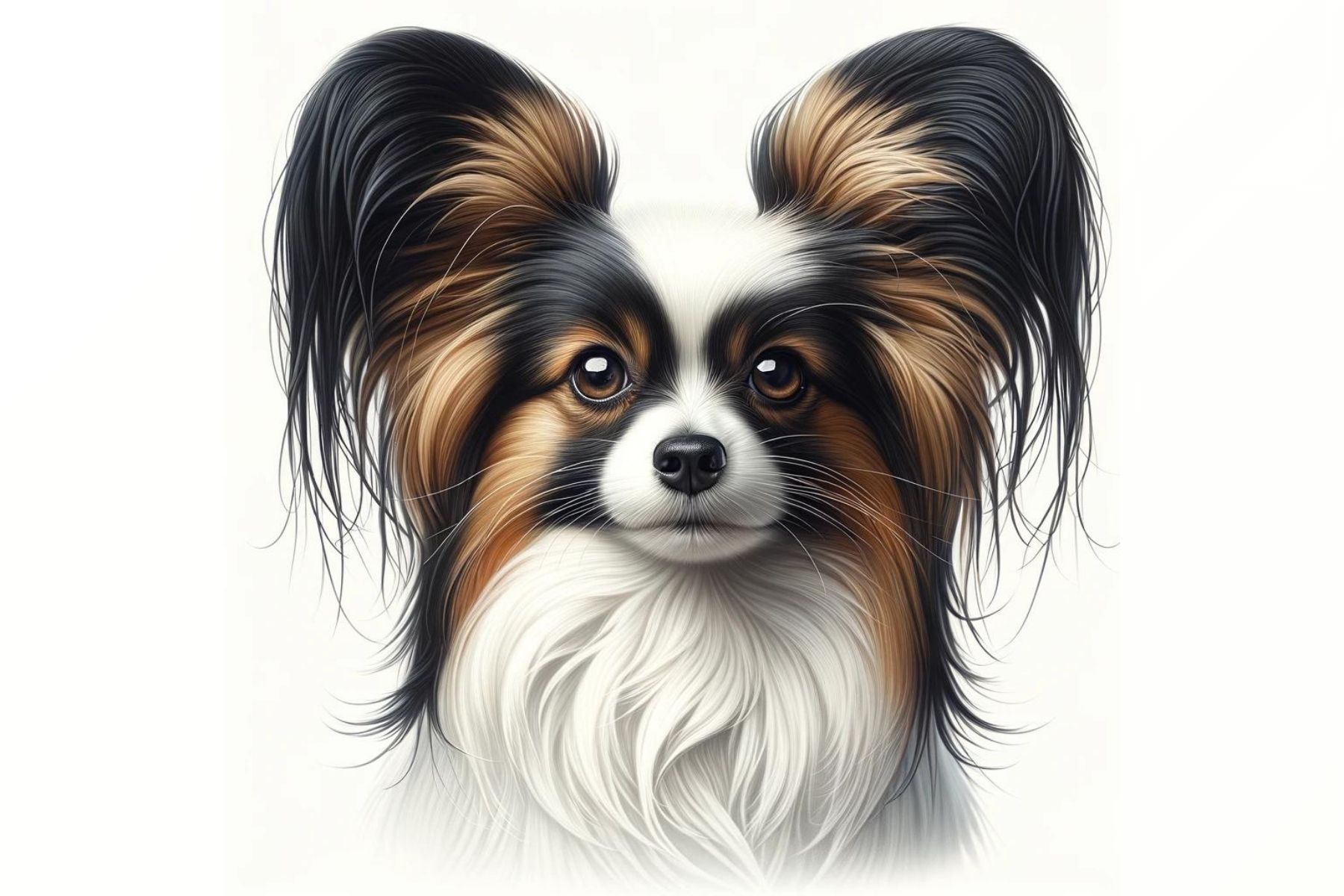What Causes the Distinctive Ridges on Rhodesian Ridgebacks?
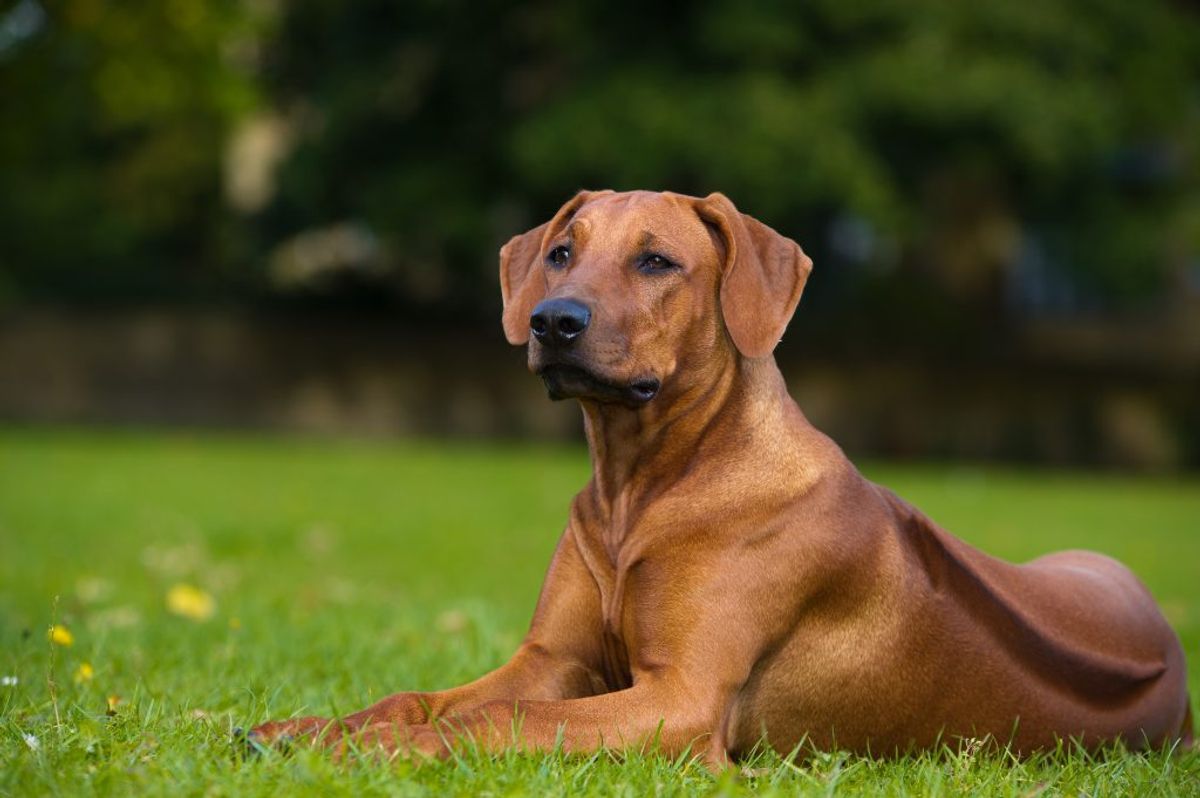
The ridge on the Rhodesian Ridgeback is, of course, this breeds most well-known feature. That line of hair, running in reverse, really makes this breed stand out in a crowd. It is a unique trait and one that the Rhodesian Ridgeback has sported for centuries, in fact, ever since this breed came about.
For those not so familiar with the Rhodesian Ridgeback, this ridge has raised questions. Is it the result of a surgery that the dog has undergone? Or is it just a sign that the dog’s hackles are raised? The answer to both of these questions is, of course, no, but it does lead you to wonder. Why do Rhodesian Ridgebacks have ridges? Where did this unique trait come from?
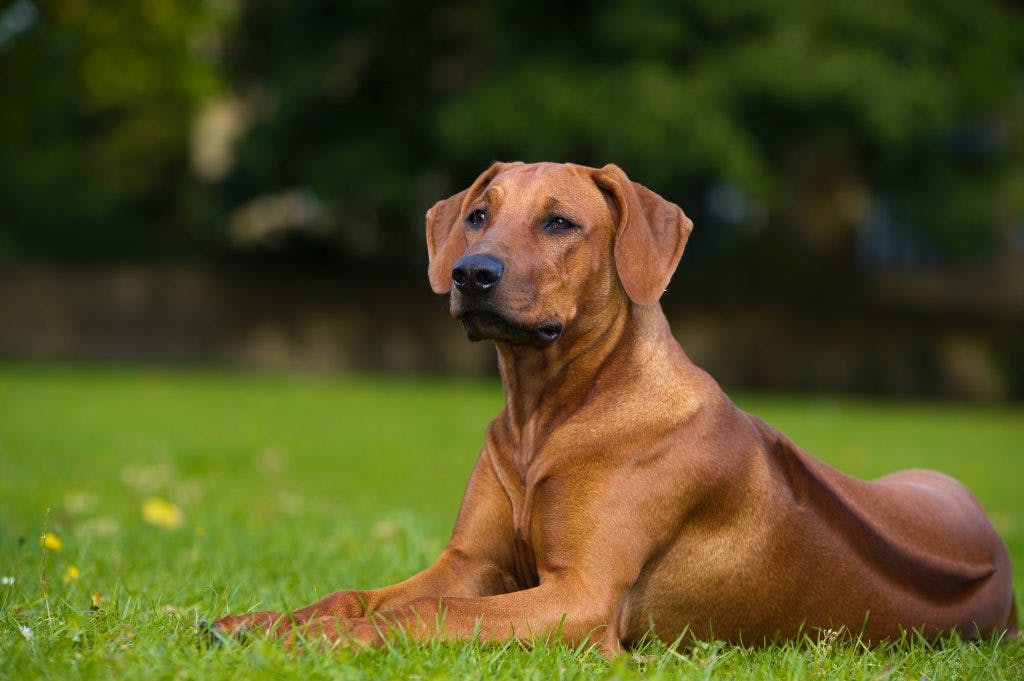
The Rhodesian Ridgebacks ridges were obtained from its ancestors a long, long time ago. These ancestors were then bred with various dogs of mainly European descent to create the Rhodesian Ridgeback we know and love today. Just how this ancestor obtained its ridges and what their purpose was, nobody really knows. They are, however, the distinctive trait the Rhodesian Ridgeback has and they wouldn’t be the same without them.
Why Do Rhodesian Ridgebacks Have Ridges?
Historic data on the Rhodesian Ridgeback shows that centuries and centuries before the Rhodesian Ridgeback was developed a similar breed was found in Africa. One that was depicted in the burial caves as a showing of a chiefs prized possessions. This dog, which was shown alongside sheep and cattle was distinctive in that it had a ridge down its back.
By the 16th century, this breed was commonly known as the Hottentot dog and often found living with the Khoikhoi tribe in Rhodesia, now Zimbabwe. It was a half-wild African dog with a ‘ridge’ as its most prominent feature.
In the same century, European Boers came to Southern African to convert wildlands into farmlands. They brought dogs with them which they used for hunting and guarding such as Great Danes, Bloodhounds, Greyhounds, and various Terriers. These dogs, however, were not suited to the African climate and terrain and were not particularly successful.
Noticing the Hottentot dog and its ability to hunt and guard well, the European Boers decided to breed them with their own dogs. This created the original Rhodesian Ridgeback, although over several years other genetics, such as from Arabian and Asian breeds, were also introduced. However, even at this early point the Rhodesian Ridgeback already had its ridge, and it would quickly become something prized. This was because specimens with ridges made the best hunter and that, after all, was what the breeding had been about.
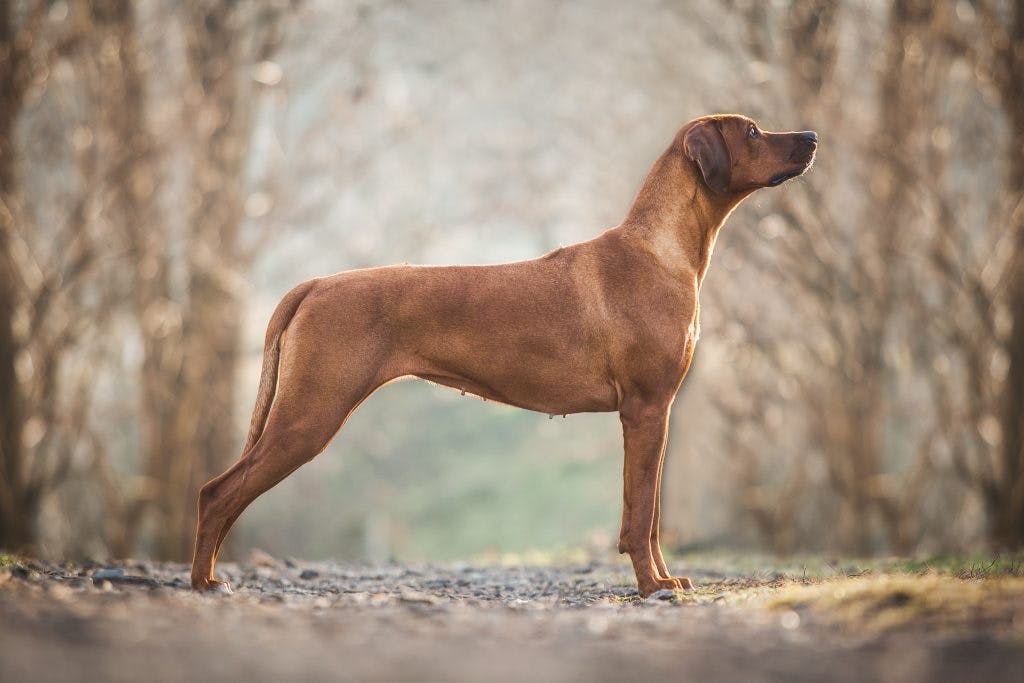
For those now wondering where the Hottentot dog got its ridge, unfortunately, we do not know. It could, however, just be an act of Mother Nature, or perhaps a gift from God. After all, there is a legend, and one that says the ridge is “where God sews them up (Rhodesian Ridgebacks) when he’s done stuffing them.”
The Ridge As Standard
The ridge has such importance for the Rhodesian Ridgeback that if they don’t have one the American Kennel Club will not recognize them. It also means that they would be disqualified from showing if they lack one. The breed standard calls for the ridge to be clearly defined, symmetrical, and made of hairs growing in the opposite direction compared to the rest of the coat. It should start behind the shoulders and taper off to a point as it reaches the hip area.
The ridge should also have two crowns or whorls which are directly opposite each other. Having only one or more than two is considered a serious breed fault. A whorl, on a Rhodesian Ridgeback, should be a pattern of spirals or concentric circles in the fur.
It should be noted at this point that there is no reason why you should not have a Rhodesian Ridgeback with less than two whorls, or more than two whorls as a family pet. Unless you are showing them, the whorls are of little to no importance and do not affect the Rhodesian Ridgeback in anything other than appearance.
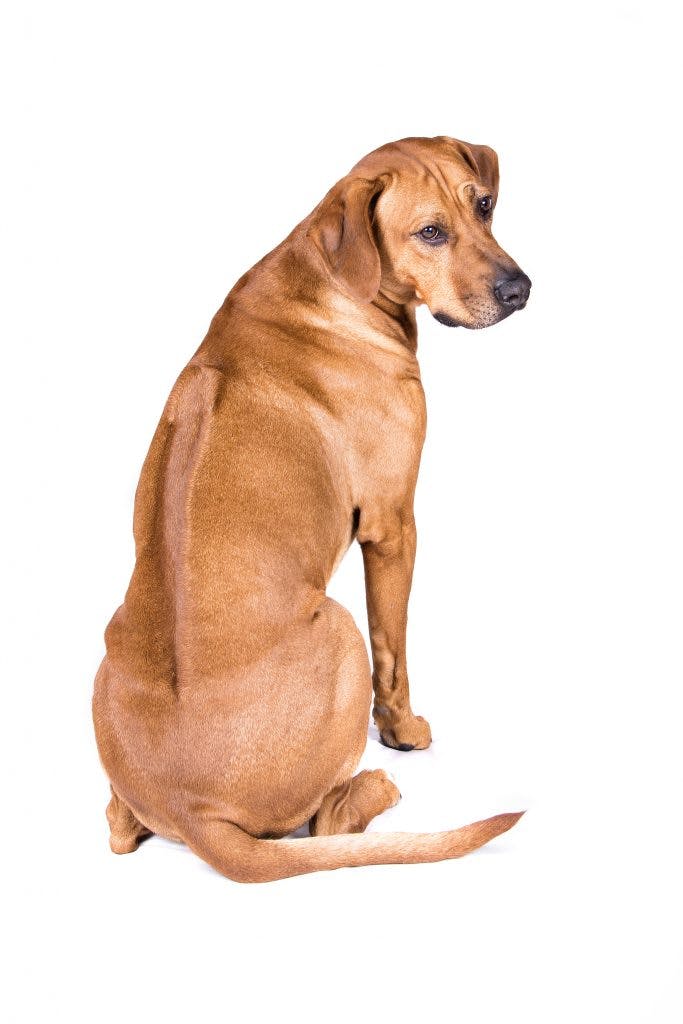
How The Ridge Is Passed On
In order for Rhodesian Ridgeback puppies to be born with a ridge, they need to have the ‘ridge gene’ passed down from their parents to them. However, here it becomes a little complicated as Rhodesian Ridgebacks can possess either one or two copies of this gene. Rhodesian Ridgebacks that carry two copies are known as homozygous, whilst those who carry the one are heterozygous.
Rhodesian Ridgebacks that carry two copies of the ‘ridge gene’ will always produce puppies with ridges. They, however, will not necessarily always pass both copies of the ‘ridge gene’ to their puppies. Rather, there is a 50% chance that they will pass just one on. The only way to tell whether a Rhodesian Ridgeback has been born with just one or two ‘ridge genes’ is to have a genetic marker test done.
Rhodesian Ridgebacks born with just one ‘ridge gene’ can but do not always pass this on. This is not a problem if they are bred with a Rhodesian Ridgeback with two ‘ridge genes’ as one of those will definitely be passed on. However, if both parents only have one ‘ridge gene’ there are several different outcomes. These are:
- Puppies who have two ‘ridge genes’ (one from each parent) and can definitely themselves pass the ridge on.
- Puppies with a 50% chance of having a ridge, but only receiving one ‘ridge gene.’
- Puppies with a 25% chance of having no ridge at all. These puppies have no ‘ridge gene’ and cannot produce puppies themselves with ridges. Please note, Rhodesian Ridgebacks are born with their ridges so do not believe a breeder who say that they will grow later.
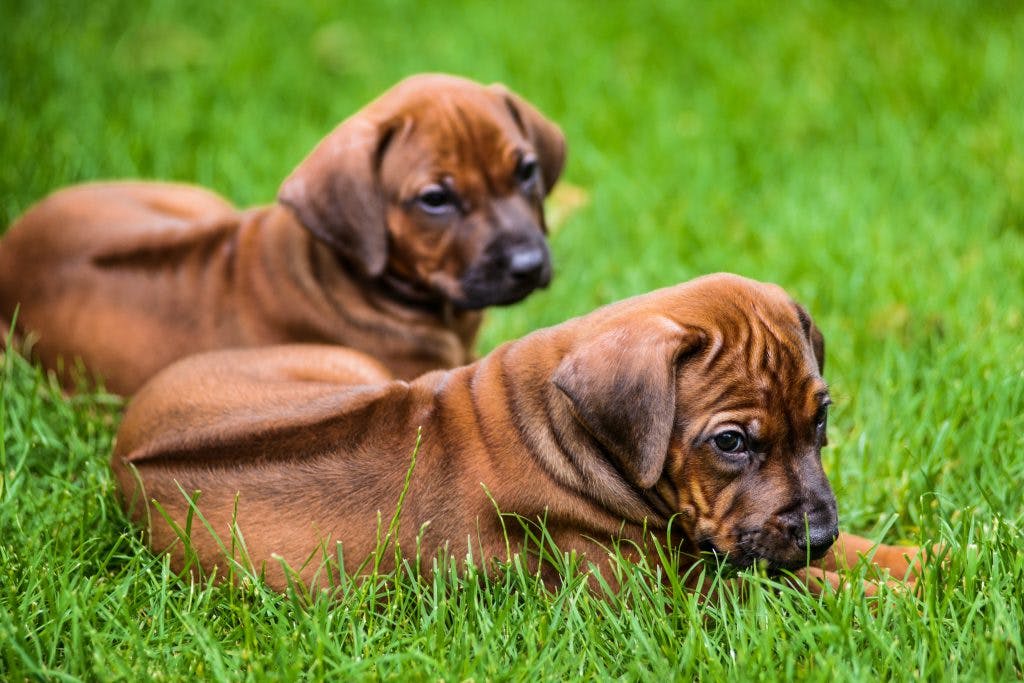
When The Ridge Is A Weak Spot
Although a Rhodesian Ridgeback would, of course, not be a Rhodesian Ridgeback without a ridge, they can be a curse rather than a blessing. This is because the ridge can be a weak spot due to a condition known as Dermoid Sinus.
Dermoid Sinus is a congenital abnormality that consists of hollow tubular indentations in the skin. These indentations penetrate down into the tissue below and cause problems as they are prone to infections. Present from birth they occur along the dorsal midline (down the ridge) and can pose a life-threatening risk.
For a Rhodesian Ridgeback, Dermoid Sinus is at best an infection that can last for days or weeks. It will cause them to suffer mild to moderate discomfort and pain. At worst, Dermoid Sinus can affect the central nervous system which will be excruciating and can lead to severe illness and death.
With up to 10% of Rhodesian Ridgebacks being affected by Dermoid Sinus, there is no way to know whether a healthy Rhodesian Ridgeback will give birth to affected puppies. It can, however, be detected shortly after birth, with some breeders choosing to euthanize those affected.
For those Rhodesian Ridgebacks who do live with this condition, it will be a lifelong affliction. This is unless they are surgically removed. There is still, however, the potential for infection which, where the spinal cord is involved, could cause permanent damage. For this reason and the number of Rhodesian Ridgebacks who develop this condition, there is some debate over whether the ridge should be bred out. There is a concern, however, as the ridgeless Rhodesian Ridgeback gene pool may not be large enough to breed the trait out safely.
Symptoms, Diagnosis, And Treatment Of Dermoid Sinus
Symptoms can very much vary depending on where the dermoid sinus is, how deep it is under the fur, and whether or not it is inflamed or infected. However, the following are all signs of this condition that you should be looking for:
- An opening in the back usually near, or under a whorl. These can develop on puppies as young as three weeks old.
- A tube or rope that can be felt beneath the skin. This is usually underneath the above-described opening.
- Mild discharge
- Infection
- Abscess
- Neurological concerns
The diagnosing of dermoid sinus will need to be given by a veterinary professional. This is not just because they are impossible to spot if you don’t know what you’re looking for, but also because there are several different types. Graded from one to five, the types of dermoid sinus are identified by the severity of the tube itself.
Type One – Extends toward the stomach or abdomen region and is a tube-shaped sac.
Type Two – The sac portion is closer to the skin than in type one.
Type Three – The sac is superficial with no attachments.
Type Four – This type goes into and communicates with the brain and spinal tissue.
Type Five – This most severe, type five is a true cyst. The sac of which is lined with epithelium.
Before taking your Rhodesian Ridgeback to the vets it is worth checking if they are familiar with this disorder. Some vets are not and will not be comfortable in giving you a diagnosis. In these cases, you should ask them to be referred to a specialist. At your Rhodesian Ridgebacks examination, it is important that you share all your concerns and any symptoms you may have noticed. Your vet will then examine your dog by touch and perform tests as needed. These can include X-rays, MRI’s, and CT scans.
Treatment of a diagnosed dermoid sinus will very much depend upon the location, severity, size, and whether an infection is present. It will not, however, be left untreated as infection will then set in. This will cause your dog unnecessary pain and discomfort which you really do not want.
You may be prescribed antibiotics for your Rhodesian Ridgebacks dermoid sinus, especially if there is an infection. Surgery is also likely to remove the dermoid sinus where this can be easily done. There are cases, however, where the dermoid sinus may have wrapped around the spinal cord. If this is so removal will not be possible, and instead the dermoid sinus will be tied off.
The prognosis for a Rhodesian Ridgeback after this kind of surgery is generally very good. However, there is a potential for recurrence. Recovery time should be between 12 to 14 days during which they should be kept calm (as possible) and away from other dogs.
Should any problems ensue after surgery you should seek advice from your veterinary surgeon as soon as possible.
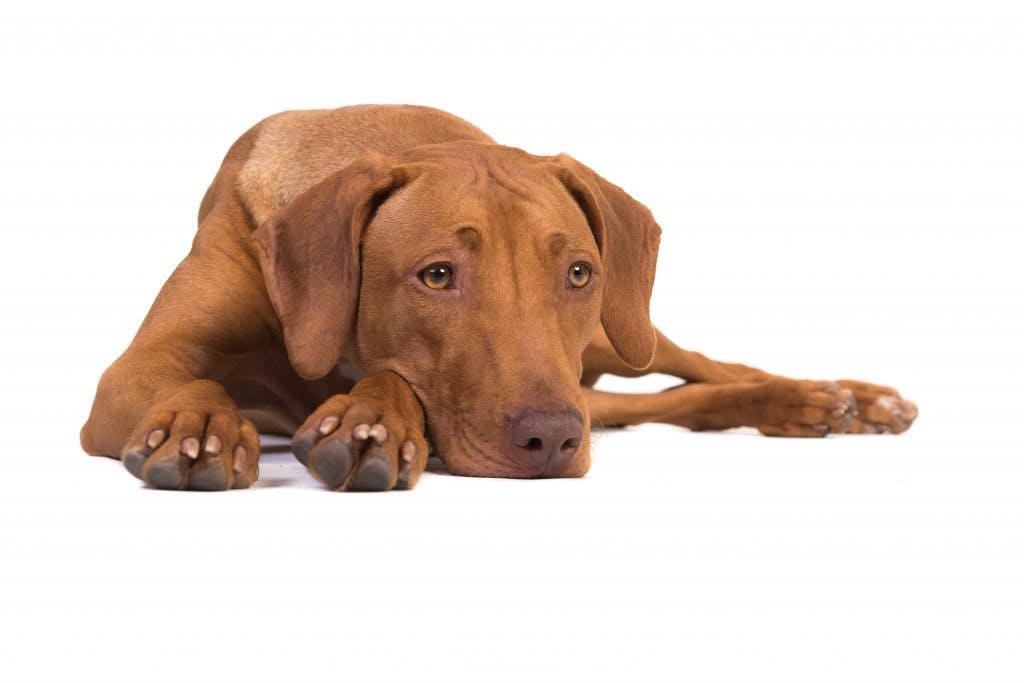
Ensuring Your Rhodesian Ridgeback Is Dermoid Sinus Free
As mentioned earlier, there are no guarantees that even two incredibly healthy, dermoid sinus free, Rhodesian Ridgebacks will produce puppies that are clear of this problem. However, by choosing a breeder that is reputable and has experience you will lower the risk by far. The American Kennel Club has plenty of breeders listed on their website that you can choose from if you wish to own this breed.
Another option is to select a Rhodesian Ridgeback from a breeder that has ridgeless puppies. This, however, could prove to be difficult as the ridgeless Rhodesian Ridgeback is only in the early stages of being bred. You also will not be able to register a ridgeless Rhodesian Ridgeback with the kennel club or show them as they will be disqualified. If this is not important to you, however, it may be a good route for you.
Finally, you could also choose to pick one of the fabulous cross breeds that the Rhodesian Ridgeback has been used to create. These include them being bred with other breeds such as Labradors, Pit Bulls, German Shepherds, Boxers, and even Saint Bernards. Cross Rhodesian Ridgebacks it is believed are far less likely to develop dermoid sinus than pure breeds.

